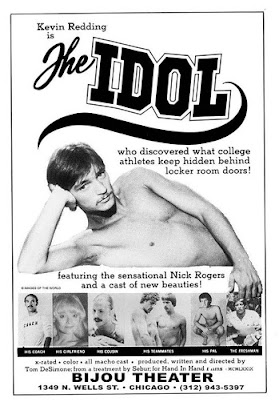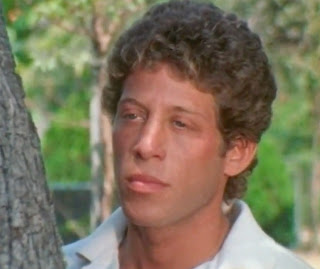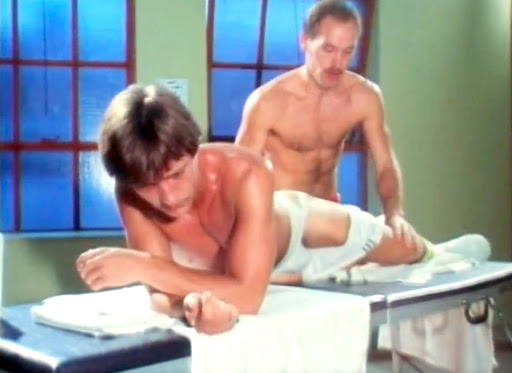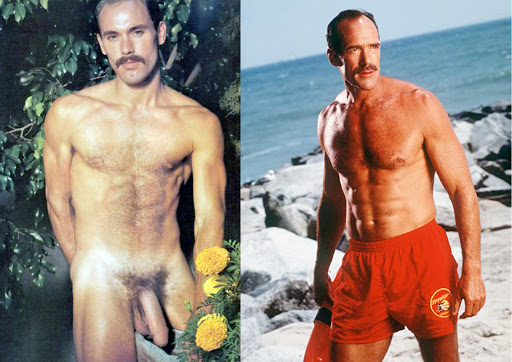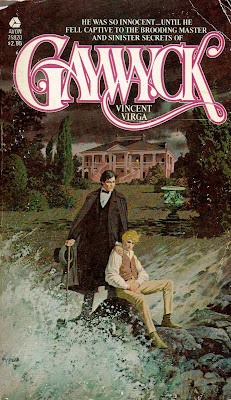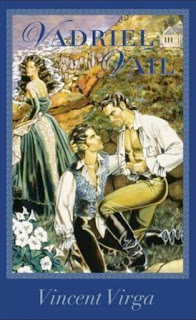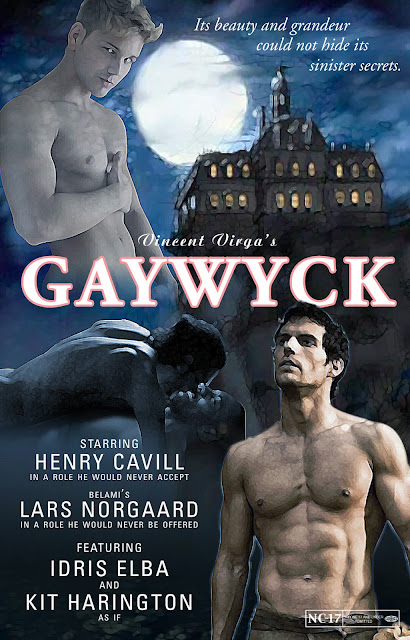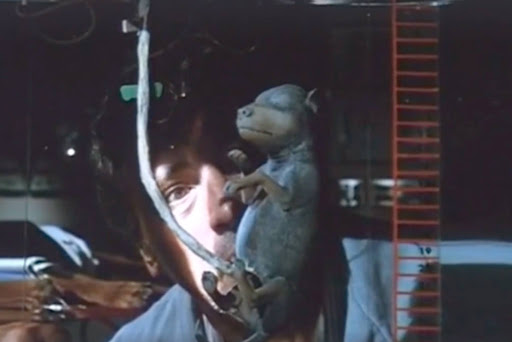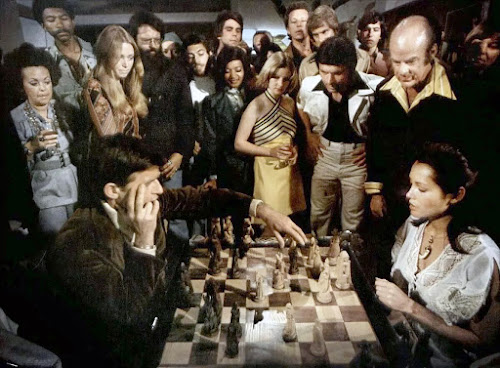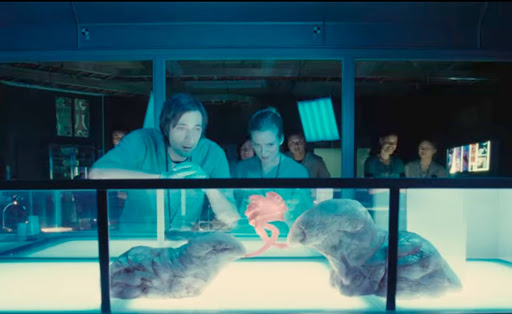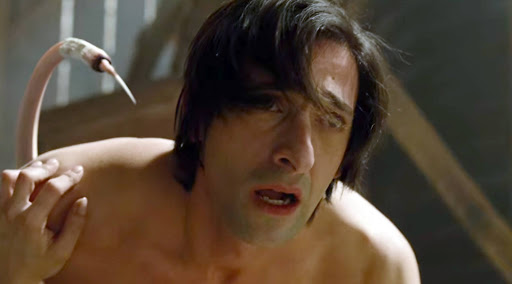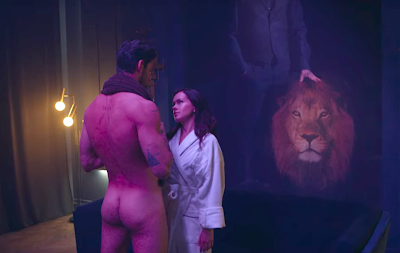I realized my error much later, in the mid-2000s, when I read about Mandingo in Bill Landis’ and Michelle Clifford’s book The Sleazoid Express: A Mind-Twisting Tour Through the Grindhouse Cinema of Times Square. What they detailed sounded so tasteless I knew I just had to see it. Luckily, though video rentals were on death’s door, there was a place in my area that had a copy. I watched, mouth agape, horrified/amazed at what I transpired on screen. Mandingo is, quite simply, a trash classic. But this was a guilty pleasure that was guiltier than most. It’s easy for me to defend my liking a problematic movie like Cruising because I’m a member of the minority it unfairly portrays. But a white guy saying he, um, liked (was morbidly fascinated by?) Mandingo? That’s harder to sell.
But like Cruising, Mandingo seems to have been retroactively upgraded from insensitive garbage to culturally significant touchstone (though the former’s upgrade may have only happened in James Franco’s mind). In the 2013-2014 season of American Horror Story: Coven, there’s an episode where the character Queenie (Gabourey Sibide), in an attempt to reprogram a resurrected head of infamous slave serial killer Madame Delphine LaLaurie (Kathy Bates), subjects her to an onslaught of TV shows and movies about the Black struggle: Roots, Roots: The Next Generation, The Color Purple and…Mandingo? (BAPS is also included as an ironic choice, making it clear that Mandingo isn’t.)
Wait, Mandingo, the movie Roger Ebert deemed “racist trash,” is being presented as an Important Work? Somehow this was harder to accept than LaLaurie as a bodyless head on a table. At the time I saw that episode, I thought using Mandingo to show horrors of slavery the was akin to using Ilsa, She Wolf of the SS to illustrate the atrocities of the Third Reich.
Sex, Violence and the N-Word
Mandingo isn’t quite as low-brow as Ilsa, but this story about the Falconhurst plantation, owned by father and son slave breeders, Warren and Hammond Maxwell (James Mason and Perry King, respectively), is far from a prestige picture. Warren Maxwell wants three things in life: a cure for his “rheumatiz,” a Mandingo male slave—a “buck,” in the movie’s parlance—and a wife for Hammond. Two of the patriarch’s wishes come true, rather efficiently, in a single road trip Hammond takes with his asshole cousin Charles (Ben Masters), first to a slave auction, to purchase a Mandingo slave, Mede (boxer Ken Norton), then to his cousin Charles’ house for the hasty courtship of Charles’ sister Blanche (Susan George, perhaps the only woman in the antebellum South to have false eyelashes). Handsome though he is, Hammond is shy around some women (“I wouldn’t know what to do, not with no white lady,” he whines to his father), attributed to his self-consciousness about walking with a limp, the result of childhood horse riding accident. Luckily for him he won’t have to work that hard to win Blanche’s hand. She all but greets Hammond at the door in a wedding dress, she’s so eager to get hitched and away from her cash-strapped family and her brother’s boundary issues.Their marriage is doomed, of course. Hammond blows up when he discovers Blanche isn’t a virgin (“You think I don’t know a virgin when I sleeps with one?”), and he only makes matters worse when, on the return trip to Falconhurst with his new bride and Mede, he picks up another new acquisition, Ellen (Brenda Sykes), as his “bed wench.” Blanche’s disappointment deepens when she discovers that, despite the Maxwell’s wealth, Falconhurst is a shithole. It’s not long before Blanche becomes a bitter, pathetic drunk.
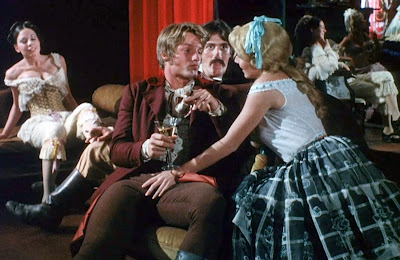 |
| Hammond (Perry King) is self-conscious about his bad leg, not realizing the women in Mandingo are too focused on another appendage to notice. |
Warren, eager for an heir, then locks Hammond in his wife’s bedroom, ordering the couple to fuck or else (well, words to that effect). For a brief moment, Blanche believes there is hope for their marriage, and chatters at dinner about transforming Falconhurst into the place of elegant parties and elevating the Maxwells’ place in antebellum society. But that hope is fleeting when it’s made clear Hammond has more affection for Ellen than his wife. So, while Hammond is away at a slave auction, Blanche summons for Mede, treating viewers to one more softcore sex scene before the movie’s deadly finale.
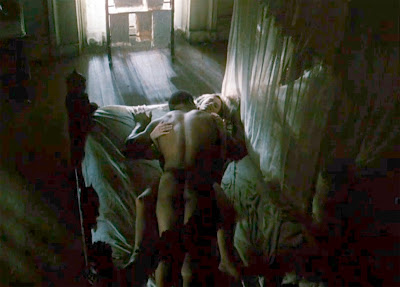 |
| Blanche (Susan George) and Mede (Ken Norton) seal their fates in Mandingo’s final softcore sex scene. |
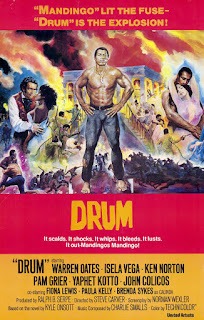 |
| Mandingo’s sequel, Drum, may have been released by United Artists, but its production values are more akin to a Roger Corman drive-in movie. |
But Mandingo’s director, Richard Fleischer, was serious about the movie he was making. “The whole slave story has been lied about, covered up and romanticized so much that I thought it really had to stop,” Fleischer is quoted in a 1976 interview. “The only way to stop was to be as brutal as I could possibly be, to show how these people suffered.”
In all fairness, Mandingo does give an unflinching look at the treatment of slaves like animals (at the movie’s opening a slave trader, played by Paul Benedict, is shown inspecting a selection of potential merchandise for hemorrhoids and then making one fetch a stick like a dog to see how fast he moves), punished for minor infractions (Agamemnon is strung up naked and whipped for learning to read) and, should they escape, murdered upon capture.
 |
| Cicero’s (Ji-Tu Cumbuka) final words: “After you hang me, you can kiss my ass!” |
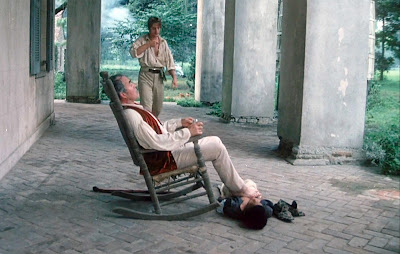 |
| Because doTERRA wasn’t yet a thing: The patriarch of Falconhurst plantation, Warren Maxwell (James Mason) tries an unconventional treatment for his rheumatism |
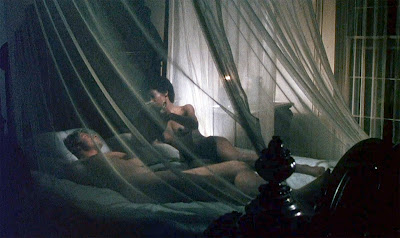 |
| Fortunately, Perry King wasn’t concerned with plaguing the audience with his nakedness, and neither was Brenda Sykes. |
But thanks to Wexler’s drive-in caliber screenplay and Susan George’s hysterical performance (she just barely edges out James Mason in the over-Southerning department), Blanche is the source of many of Mandingo’s unintentional laughs.
Occasionally, George dials back her Daisy Mae-zilla performance to allow the audience to see Blanche’s pain. Unfortunately, while George is an attractive woman, she is cursed with a resting (and active) Who Farted? face that’s so aggressive that any expression other than a wide smile suggests she smelt it and dealt it, resulting in more unintentional—and inappropriate—laughs.
Culturally Relevant, But Still Trash
One of the arguments given to absolve the plantation porn genre—and its readers—of racism is that white characters are never the winners in the end. That’s usually true, but while the white characters are ultimately punished (there are exceptions), it’s still their story. The slaves’ perspective is secondary. But most people don’t read these books because they condone slavery or racism; they read them because they’re titillating. They appeal to the same part of our lizard brains that attracts us to porn, Tiger King and the Bravo network.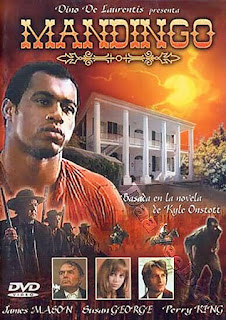 |
| Some versions of Mandingo have alternate clothed scenes or remove nudity altogether, because that was what made the movie offensive. |
In an essay comparing Mandingo to 12 Years a Slave, author James Hannaham, who is Black, comes down, surprisingly, on team Mandingo. “One might well ask whether it isn’t somehow fitting that the exploitation represented by chattel slavery should be represented by an exploitation film,” he writes. 12 Years’ avoidance of its characters’ sexuality, as well as the sexual mores of the time, actually renders its narrative sterile, making it less impactful. As Hanahan concludes in his essay:
“12 Years presents its hero as an entirely honorable victim in an expertly crafted and elegant film, while Mandingo throws us into the ugly mess that slavery and sex create when they collide, among a complicated, unruly, and rude group of tragic characters controlled by the brutality of the social milieu in which they live, their base cravings, and their denial. Its sexual frankness plays on our own attractions to various actors/characters in order to show us how our baser drives can control us in similar ways. It’s hard to deny that the fictional, less carefully handled, more confounding depiction of this time period seems more alive — even if it isn’t as good.”
I recently re-watched Mandingo, and while I still consider it exploitative and uncomfortably campy, I found parts of the movie resonating on a new level. It’s not a big jump to relate the murder of captured slaves to the murder of Black citizens by police, or Blanche exerting her power over Mede to coerce him into having sex, to Amy Cooper using her white privilege when calling police on a Black man in Central Park. I realized my embarrassment over Mandingo was misplaced. It’s not how crudely this 1975 film presented America’s racist past I should be ashamed of, but rather, our racist present.


